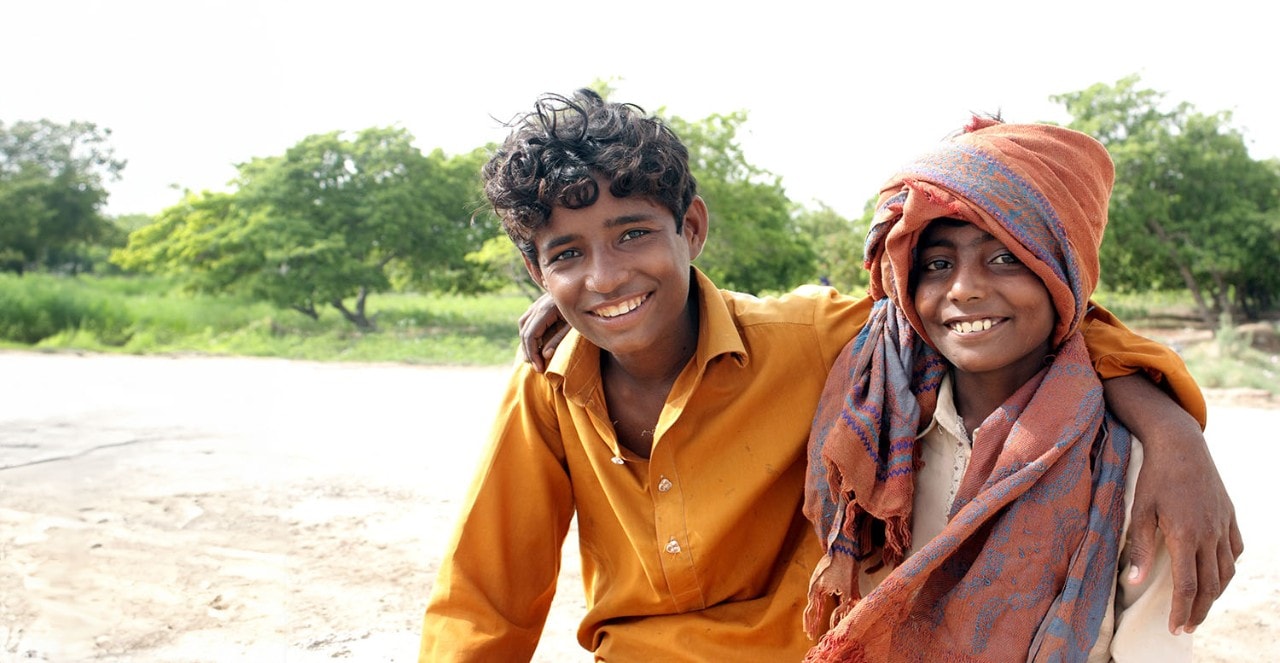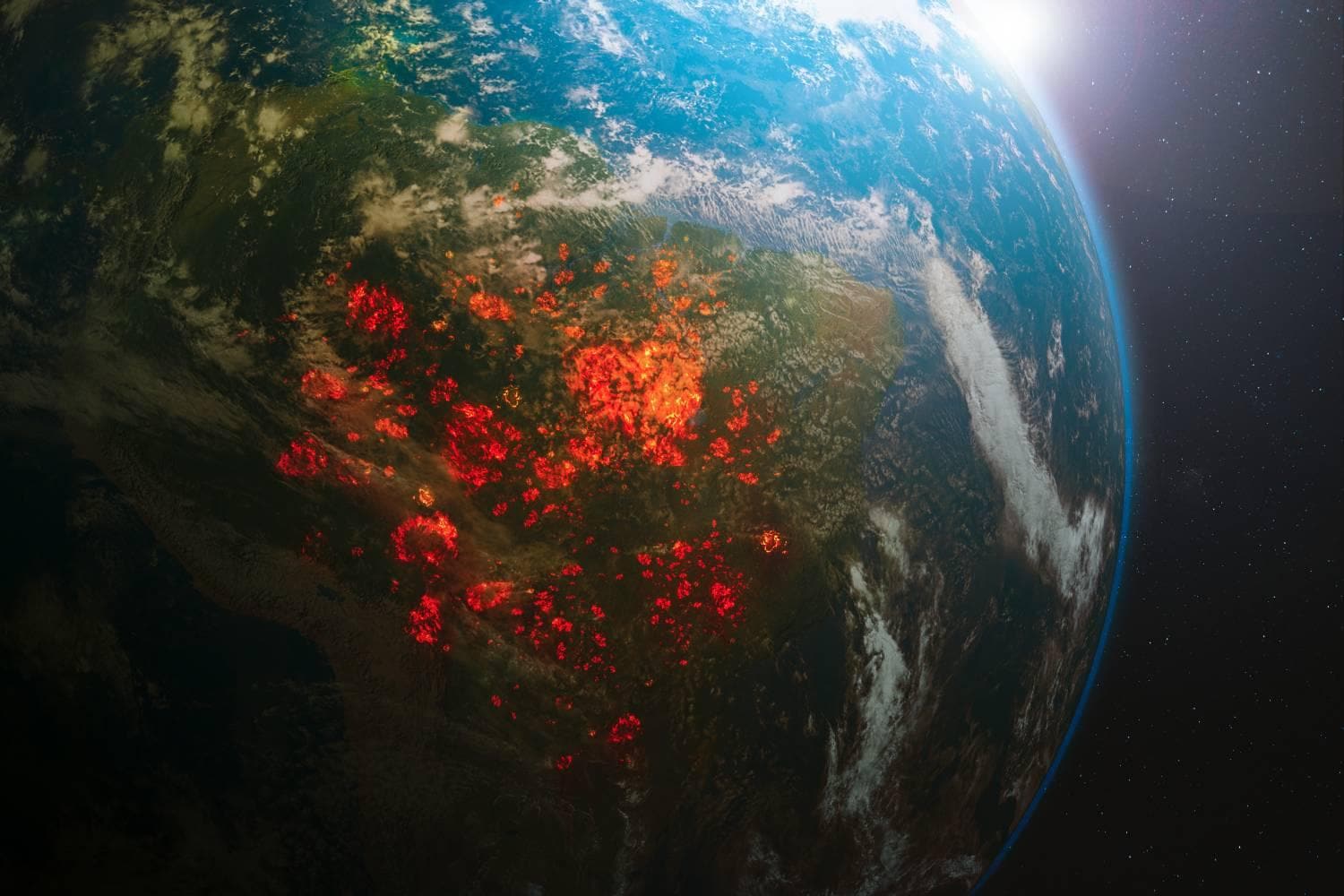
人類を救う分析の始まりは、Data for Good(データを活用した人道支援/社会支援)から
Data for Good(データを活用した人道支援/社会支援)
SASは貧困、健康、人権、教育、環境など人道的課題を解決するために、データと分析を有意義な方法で活用する取り組みを進めています。SASはデータを活用して社会に良い影響と革新をもたらしている世界中の組織と提携できることを誇りに思っています。
crowdsourcingとAIによる保全の自動化

国際応用システム分析研究所(IIASA)は、私たちの持続可能性に影響を与える地球規模の変化の問題に関する研究を行っています。当社との刺激的なパートナーシップを通じて、当社のAIの専門知識とIIASAの科学的システム分析を組み合わせ、アマゾンの熱帯雨林における森林破壊の影響を新たな視点で見ることができました。市民科学者にアプリを使って衛星画像を分類してもらうことで、2,000種を超える動物や植物が生息するこの自然生態系の保護に役立つAIモデルをトレーニングしました。
結果として得られた一連のAIモデルでは、新しいエリアを自律的に監視し、90%以上の精度で森林破壊を検出できるようになりました。熱帯雨林の保護に対するこの斬新なアプローチにより、専門家は分類が難しい地域に重点を置くことが可能になり、森林破壊を検出し防止するための新たな技術的アプローチへの扉が開かれたのです。
絶滅危惧種を一度に「ワンフットプリント(one footprint)」保全する
WildTrackは、動物の足跡のデジタル画像を分析することで絶滅危惧種を特定し、監視しています。WildTrackの研究者は、SASテクノロジーの助けを借りて、世界中の人工知能とcrowdsourcing足跡データを活用して、地球規模の保全に関する疑問の答えを見つける方法を模索しています。動物はどこへ移動するのでしょうか?あと何匹残っているのでしょうか?人工知能は、漸進的な学習アルゴリズムを通じて適応する能力を追加し、より完全なストーリーを伝えることができるようになります。
これまでWildTrackでは、クロサイ、シロサイ、ベンガルトラ、アムールトラ、ローランドバク、ベアードバク、ホッキョクグマなど、さまざまな絶滅危惧種を監視してきました。深層学習を使用すると、先住民のトラッカと同様の方法で足跡画像の識別やパターン認識など、人間のようなタスクを実行するようコンピューターを訓練できます。これらの概念を極めて大規模かつ迅速に適用する機能が追加されました。アナリティクスは実際に全体の基盤を成しており、WildTrackがこれまで得たことのない種の個体群に関するインサイトをもたらす可能性があります。
アナリティクスに対する人道的アプローチの最新化
ネパールで発生した壊滅的な地震後の最前線で対応する国際移住機関(IOM)は、45,000世帯の避難民に避難所を提供する必要がありました。SASは、IOMが住宅建設用の資材を調達するために、数十年にわたる世界貿易データに数分でアクセスして分析できるよう支援してきました。IOMは、世界規模でこのような種類の危機に対応するためのリソースが限られているため、SASにデータの分析だけでなく次に起こり得る事態の予測も依頼しました。
IOMとSASのこのパートナーシップは、最も弱い立場にある人々を支援するために、あらゆる人道支援組織が対応を決定する方法に劇的な変化をもたらしています。データの収集と分析は人々に安心感、安定、希望を与えるための鍵でした。SASの支援により、IOMやその他の救援機関がアナリティクスを使用して何ができるのか理解できるようになったことを、嬉しく思っています。
